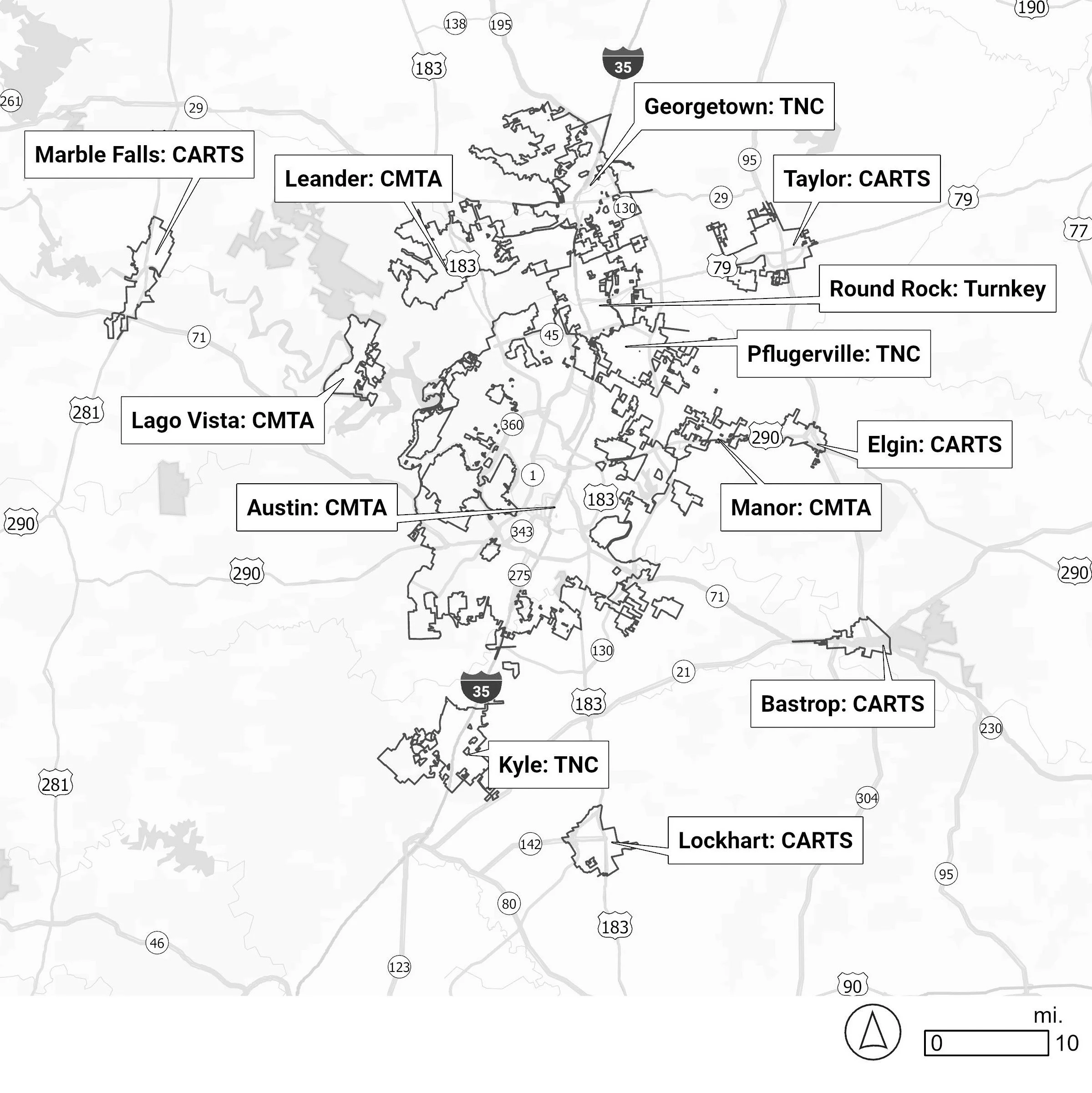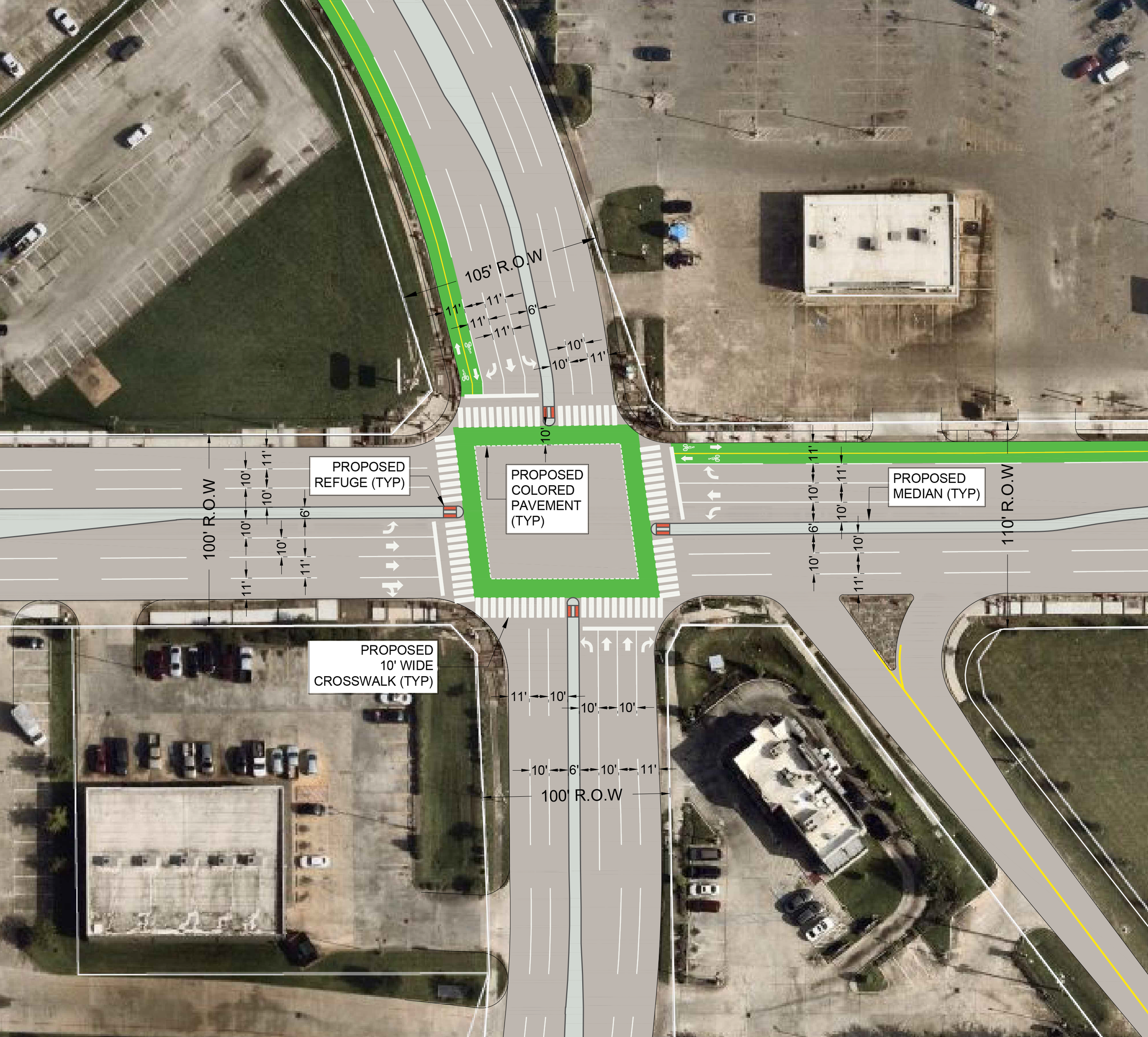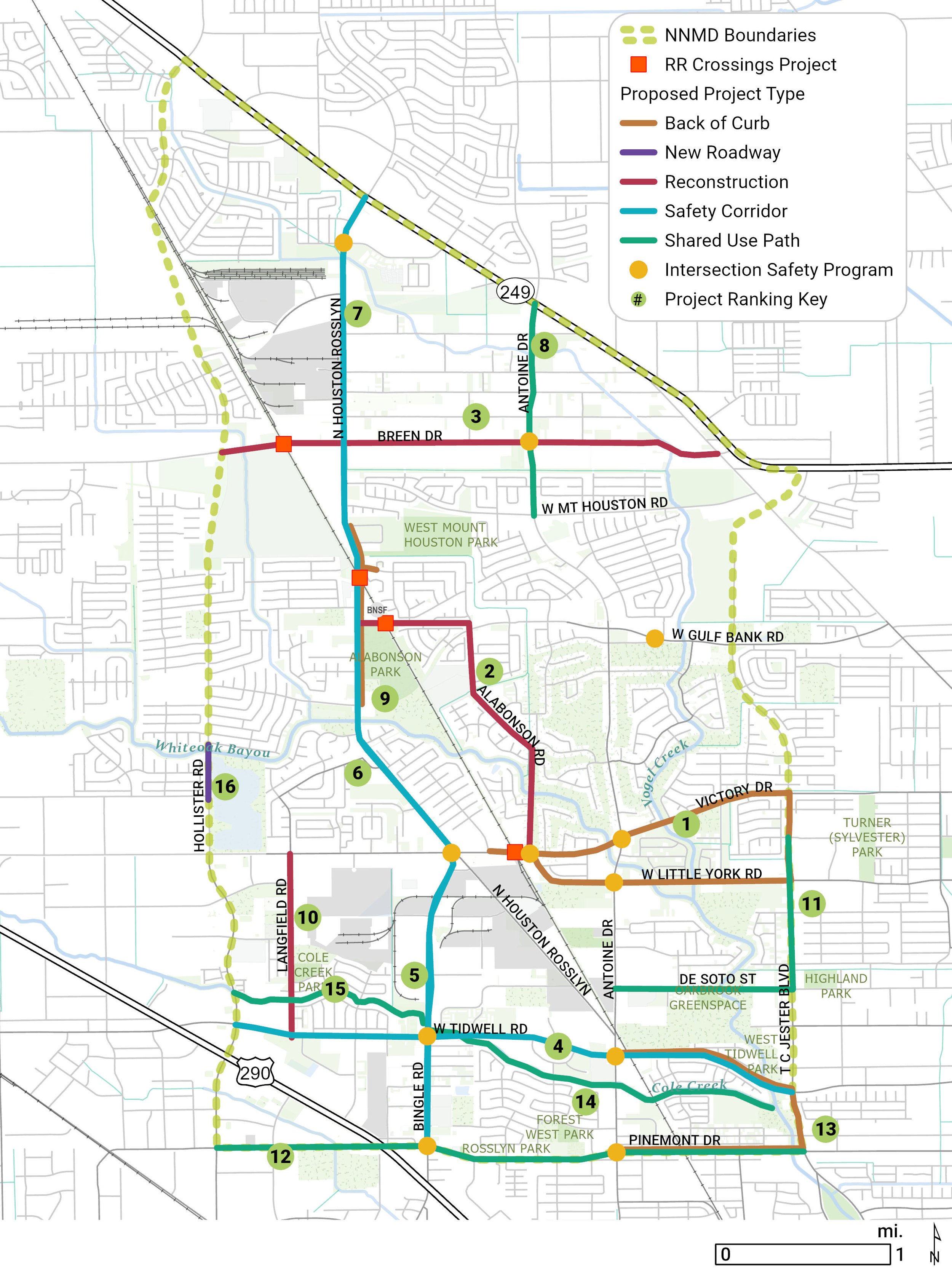SERVICES | TRANSPORTATION MODELING & TRAFFIC ANALYSIS
Transportation Modeling & Traffic Analysis
Clients trust TGC to solve complex traffic engineering challenges and provide transportation modeling and traffic analysis services. Our engineers bring decades of experience and expertise in the following areas:
-
Most design alternatives such as lane configuration changes and signalization of intersections need to be analyzed from an operations perspective for all users including pedestrians and bicyclists.
The Highway Capacity Manual (HCM) methodologies are applied to determine the Level of Service (LOS) and queue lengths of the design alternatives for different road users.
Microsimulation software packages are used in complex operations analysis problems or where the HCM methodology limitations are not satisfied.
-
HCM-based traffic operations analysis will be conducted to identify problems in current and future horizons in both AM and PM peaks for all road users that makes it a multimodal analysis.
In the event the study area is a roundabout or the intersection is complex or oversaturated, a VISSIM microsimulation analysis will be developed as the next step.
-
Urban streets can be analyzed with the HCM methodologies. However, the intersections will still be analyzed separately as described above. To analyze all corridor length and the intersections together, a VISSIM microsimulation will be developed. It appropriately accounts for the interaction of all road users and facilities.
-
Freeway segments and highways can be analyzed with the HCM methodologies. However, to analyze freeways including their service roads and interchanges a model will be developed in VISSIM. This requires a complex process of dynamic demand matrix estimation due to the large size and long duration of the model.
-
Signal warrants analysis will be performed in accordance with the Manual of Uniform Traffic Control Devices (MUTCD) and Texas Manual of Uniform Traffic Control Devices (TMUTCD). Warrants analysis will also be done for stop or yield signs and Pedestrian Hybrid Beacon (PHB, also referred to as the High Intensity Activated Crosswalk, HAWK). A traffic analysis may be required.
-
The traffic impact of new developments is evaluated via the Traffic Impact Analysis (TIA) process. The results will be used in traffic operations analysis to evaluate the impact of the new development on the surrounding network.
-
Depending on the type of the study, the number of parking spots will be counted and/or estimated. The parking demand (and depending on the type of the study, the duration of parking) of each land use will be counted and/or estimated. A GIS database will be created to contain this data. Excess demand/supply will be determined, and solutions will be provided.
-
To analyze the circulation of traffic, an assignment traffic model in which the vehicles choose their paths based on selection criteria will be developed. Depending on the study objectives, it can be either static or dynamic traffic assignment (DTA). The calibrated model will be used to analyze different alternatives and compare the results through Measures Of Performance (MOP) such as Vehicle Miles Traveled (VMT) and Vehicle Hours Traveled (VHT).
-
OD surveys provide information on travel patterns of road users and/or transit riders (onboard survey). A special consideration of the onboard surveys is the validation of the results based on the transit network and feasibility of paths. Scale factors will be determined based on the control data sources, and the OD samples will be expanded to reflect the entire population. The results will then be corrected through a matrix adjustment process.
-
Currently, there are three levels of charging stations. The levels classify how fast the charging process will be completed. Based on different penetration rates and the parking demand and duration at each location, charging demand will be calculated, and the stations levels and locations will be recommended.
-
In the analysis of alternatives for transit lines, accessibility and ridership are two important factors that should be studied in the planning phase. Accessibility can be defined as the number of jobs (or other attractions) reachable from a zone via transit accounting for the desirability of travel (called travel acceptance, e.g., inverse of travel time).
Ridership can be forecasted in different ways depending on the line under study (transit system, coverage area, etc.) For large scale projects, the ridership is forecasted through the MPO demand model or the simplified STOPS model. For other projects, a method with a focus on the local coverage area can be used.
Line blocking (vehicle scheduling) will be done to estimate the number and type of vehicles required to provide the designed service and thus the cost of procurement and operation of the project. Transit signal priority (TSP) scenarios and traffic studies will be conducted.
-
Each spot with high historical crash severity and frequency (hot spot) will be analyzed based on the attributes of the crashes to find common crash causes. Crash countermeasures will be recommended. A traffic analysis may be required.
Featured Team Member | Jake Gutekunst, PE, AICP
TGC Principal Jake Gutekunst, PE, AICP, approaches projects from both a planning and engineering mindset, ensuring planning projects are implementable and engineering projects fit into the overall goals and objectives of the areas they are implemented into. Jake specializes in traffic engineering and multimodal transportation planning, with an emphasis on corridor studies and long-range transportation plans. He also has substantial experience with assisting communities as an on-call engineer and with policy, code, and standards updates. Jake is passionate about creative problem solving and helping the communities he serves achieve outcomes that make meaningful progress toward long term goals. Jake holds both a Bachelor’s and Master’s Degree in Civil Engineering from the University of Texas at Austin.
Featured Projects | Transportation Modeling & Traffic Analysis
For additional information or questions, contact TGC to learn more about our services, our team, and our mission to connect capital to communities across Texas and beyond















